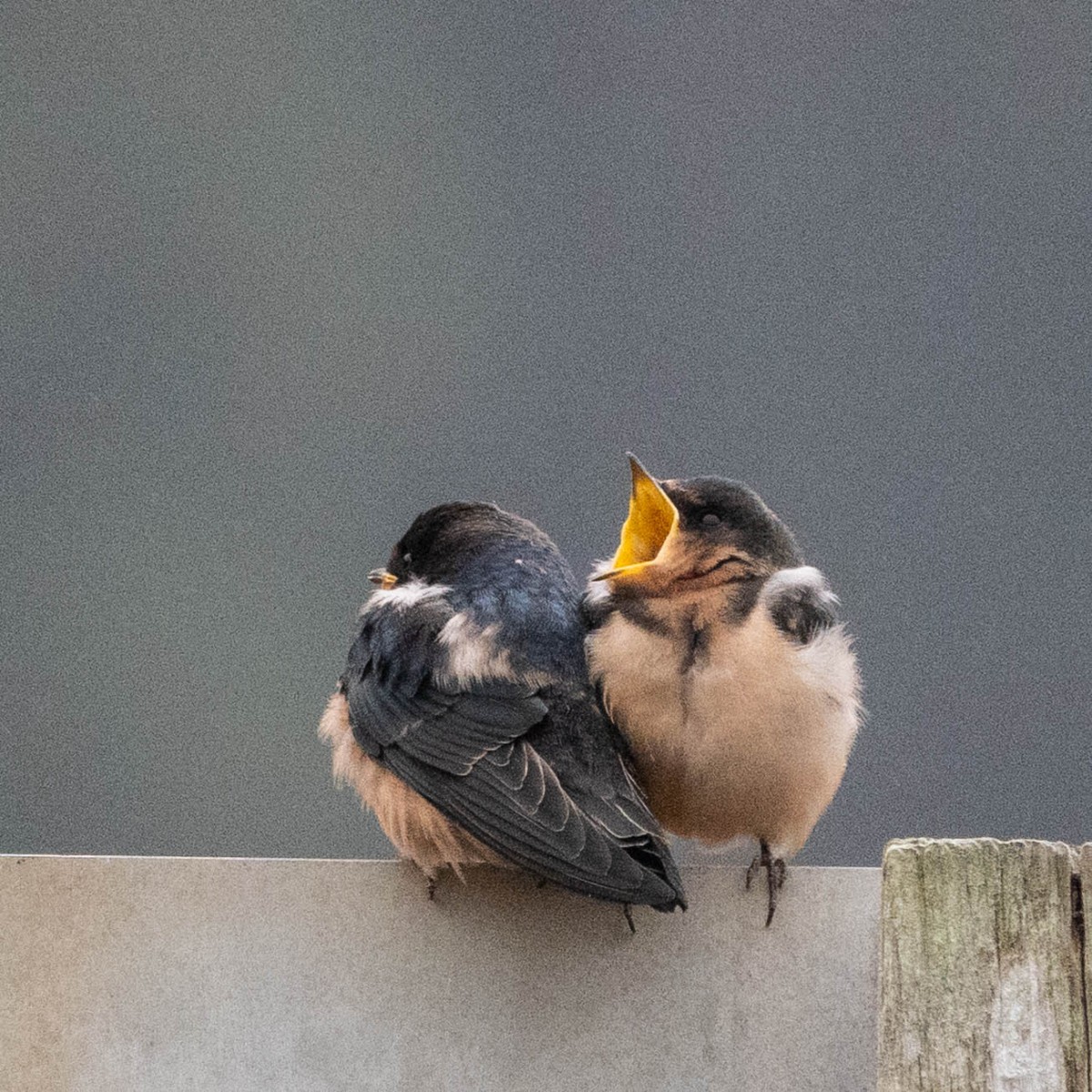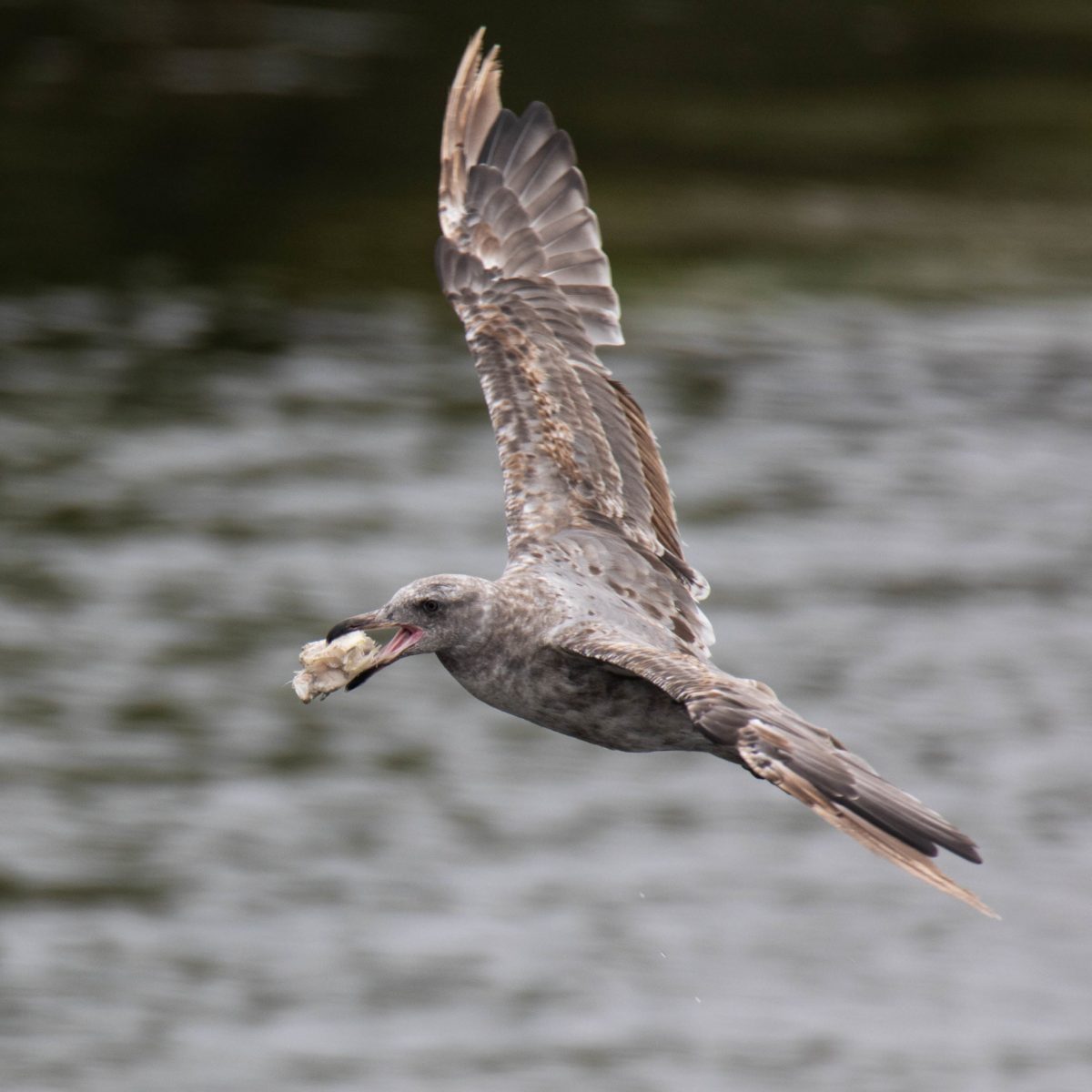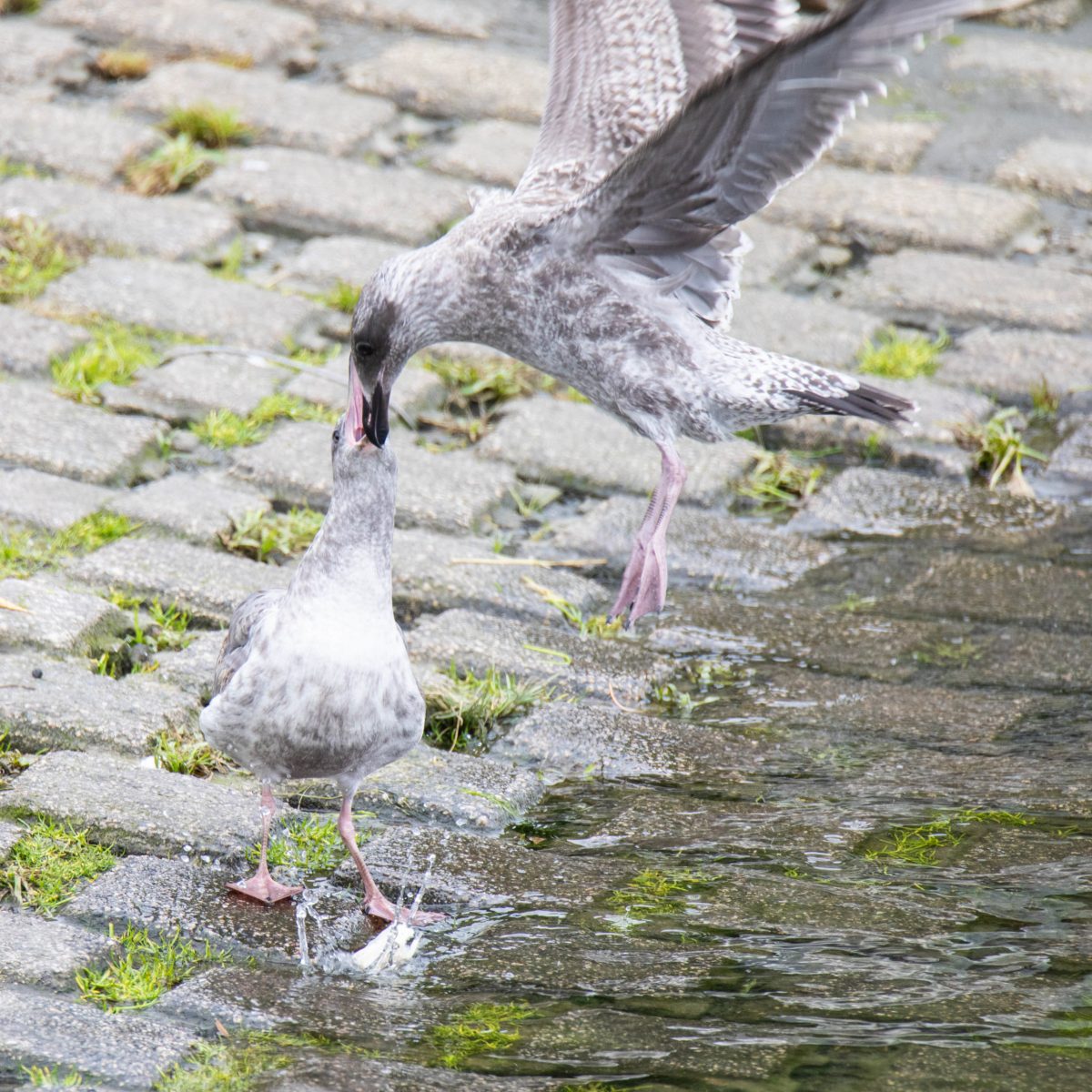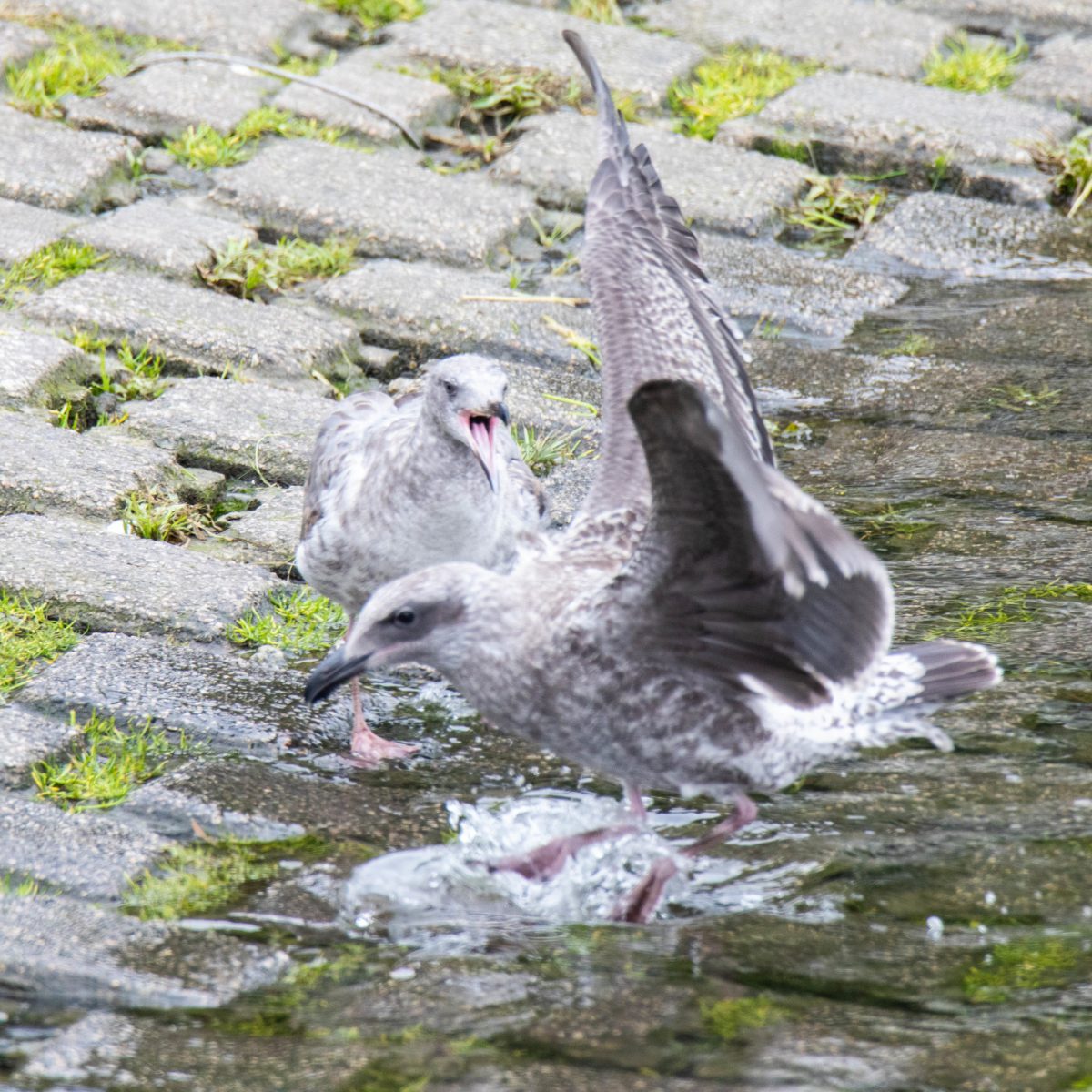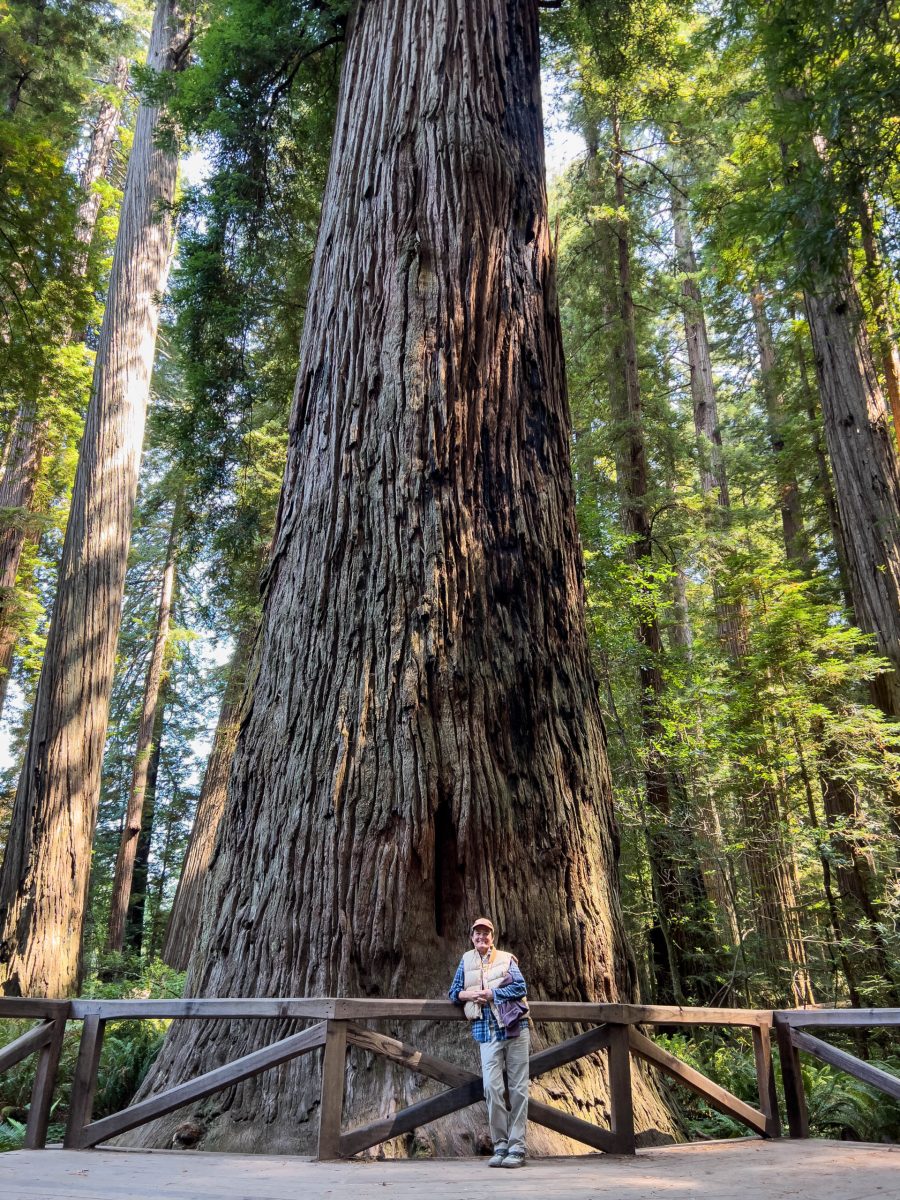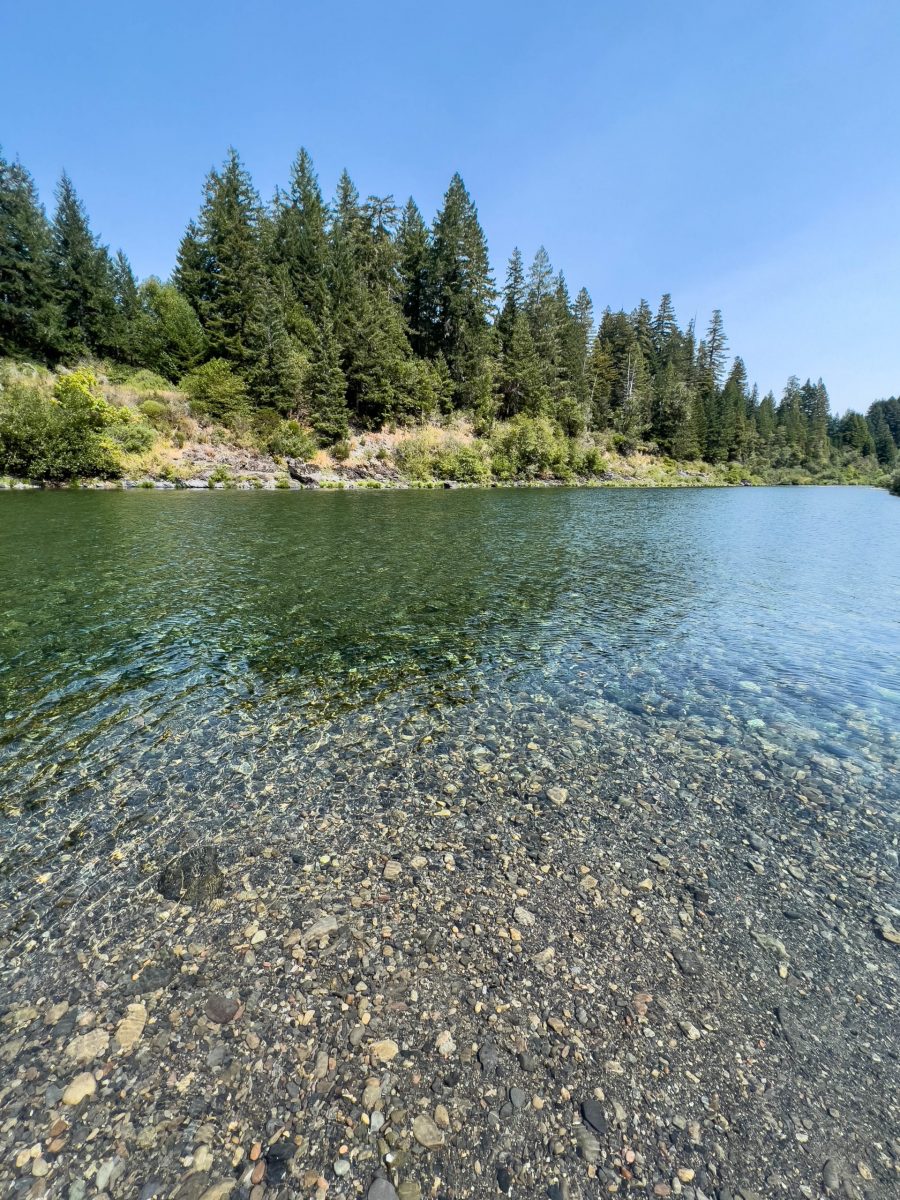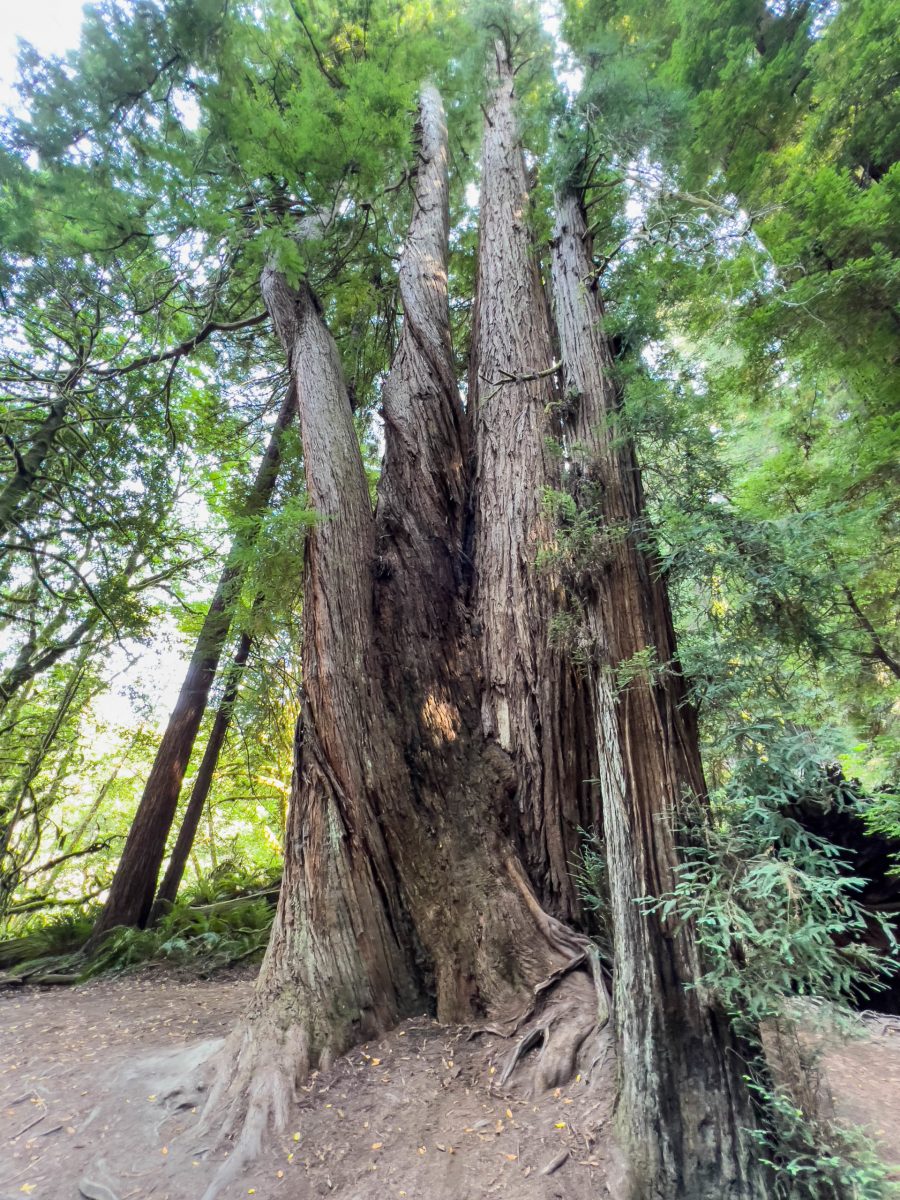Earlier this year, the Northern California Condor Restoration Program (a partnership between the Yurok tribe and Redwood National Park) released four condors into the wild near the Klamath River. When Katherine and I were recently trying to decide where our next camping adventure would take place, it was pretty much a no-brainer: head north. We made a reservation at Prairie Creek Redwoods State Park and packed the van! Prairie Creek is situated along the coast of California and within the boundaries of Redwood National Park not far from the Klamath River.
However, it is a long drive to Prairie Creek so we decided to take two days to make the drive, exploring Point Reyes National Seashore and spending a night at Samuel P. Taylor State Park before heading further.
One of our favorite hikes at Point Reyes is the Chimney Rock Trail. It’s a short, easy hike (important for my foot still recovering from plantar fasciitis) with spectacular views of Drake’s Bay and the Pacific Ocean. Having hiked the trail before, we kept a lookout for the Peregrine Falcon we’ve seen in the past. We were not disappointed!

Roosevelt Elk, raptors and other coyotes can be seen from the car while exploring Point Reyes. When I am not driving, Sasha stands on my lap, looking out the side window and the front window. If we stop at all, she wants out. I had to ask Katherine to hold Sasha for me when I wanted to take a photo.

As we were heading out, we took a detour along a dirt road to Drake’s Estero. We didn’t know what we’d find there but this estuary looked like a good place to find birds. We would later go back to the information sign and read that fall and winter are when the birds are most abundant. However, we did spot five Red Phalaropes in their winter plumage. This was a new bird identification for us; we’d seen Red-necked Phalaropes before but not the Red Phalarope (or the Wilson’s).

When we arrived at our campsite at Samuel P. Taylor State Park, we were greeted by a sign warning us of bees in the site! Really?
“Those aren’t bees; those are yellowjackets!” said Katherine.
A camper from the neighboring site came over to advise us that there were hornets at our site and the previous occupant and his dog had both been stung. However, he added, that previous owner had tried to chop some wood on the old stump the wasps were nesting in so….
We weren’t too concerned about the wasps as we had no need to chop wood 😉 and we wouldn’t be there very long. We planned an early start in the morning.
The next day, we were back on the road. We took a detour to drive down Cannibal Island Road in Loleta, California. On a previous trip up north, I’d been looking at the map and saw this road. The name struck me and I wanted to see it. Bordered on either side by farmland, the road ends at Crab County Park.
The first time we’d traveled this road, we’d seen Northern Harriers and American Kestrels and egrets. On this trip, however, we had a brief glimpse of a Red-shouldered Hawk but not much else. We continued to Crab County Park and were again disappointed. The birds that were there — Least Sandpipers — were so well camouflaged that we didn’t see them until we walked too close and set them to flight.

After stopping for lunch at our favorite brewery, Six Rivers Brewery in McKinleyville, we arrived at Prairie Creek State Park. Below is a picture of the creek for which the park is named.

Some neighboring campers had a fun sense of humor…

From the campsite, we could see many Steller’s Jays (about whom we were warned not to leave crumbs about), Band-tailed Pigeons and American Robins. In the photo below, the parent found a worm at the water spigot and the juvenile flew down to beg.

Roaming free in the park meadows are Roosevelt Elk (named for Theodore Roosevelt). Benches were placed around the meadows to allow people to view them in comfort.

I was torn between watching the elk and the juvenile Barn Swallows who perched on the fence and signs near the meadow. I can’t resist a begging bird!
Since my foot prevented us from doing any real hiking, we explored the area by car. In the Klamath area, we drove the Coastal Drive, a “narrow, scenic, partially paved drive” that “winds through stands of redwood, offering close looks at the Klamath River and breathtaking views of the crashing surf and the expansive Pacific Ocean.” (Per a brochure we picked up about exploring the Redwood Coast.)
We read about a World War II radar station that had been disguised as a farmhouse. A brief hike from the road required careful placement of our feet as Banana Slugs (who will apparently eat anything in their path except Redwood sprouts) were, literally, everywhere…

Some of the walls of the fake farmhouse had the remnants of wooden siding which would have contributed to the disguise.


Continuing our drive, we stopped at a small cemetery perched above the mouth of the Klamath River. We noticed smallish gray birds foraging in the trees outside the cemetery. When I reviewed the photos, the eBird app identified the bird as a Canada Jay. This was another bird Katherine and I had never (knowingly) seen before. Our second new bird ID of the trip!

We parked the car near the beach at the mouth of the Klamath River. We’d seen an Osprey from the cemetery above and I wanted a closer look. Walking along the beach, I saw this young-looking sea lion haul out of the water. I politely gave him a wide berth as I walked by.

I was able to get closer to the Ospreys perched in a tree across the river. When I first arrived, I’d seen two perched in a tree near each other. As I made my way closer, a third flew into a nearby tree. Below, the third Osprey flies toward the first two…

After exploring the beach, Katherine and I headed toward the Overlook on the north side of the river for a view of the river mouth with gulls, pelicans, Bald Eagles and Ospreys fishing in the water.


Even the road to the Overlook had birds to see…or not see…



I saw a gull fly by with food and watched as another flew down for its share.
The next day, we drove inland along Bald Hill Road, hoping to see California Condors. Unfortunately, smoke from the Six Rivers Lightning Complex fire was too intense and we finally turned around and headed back to the coast.


We ended up going north to Jedediah Smith Redwoods State Park. Stopping at the visitor center, Katherine learned that Stout Grove was the place to visit. Apparently every visitor was told the same thing because parking was tight when we arrived. Katherine and I took a short hike down to see the Smith River, the largest undammed river in California. The trail to the river wound through groves of majestic Redwoods that were made more dramatic by the lack of brush. Katherine explained that due to flooding from the river, the ground around the Redwoods is kept relatively clear.
Below are some photos from the hike to the river.
We stopped at a small lagoon (mostly to make use of the bathroom) but the only bird I saw was a Common Yellowthroat. Katherine saw an egret and some ducks but not much else. I practiced my lagoon plant shooting skills…

There is a lot to see at Prairie Creek and the area around it. Katherine and I plan to return when the smoke has cleared and when I’m able to take longer hikes.
(And for those who wonder, “Hey! Where’s Sam? We’ve seen Sasha; where’s Sam?” Our girl is getting older and slower but she loves “her” van and is still a great traveler…)

